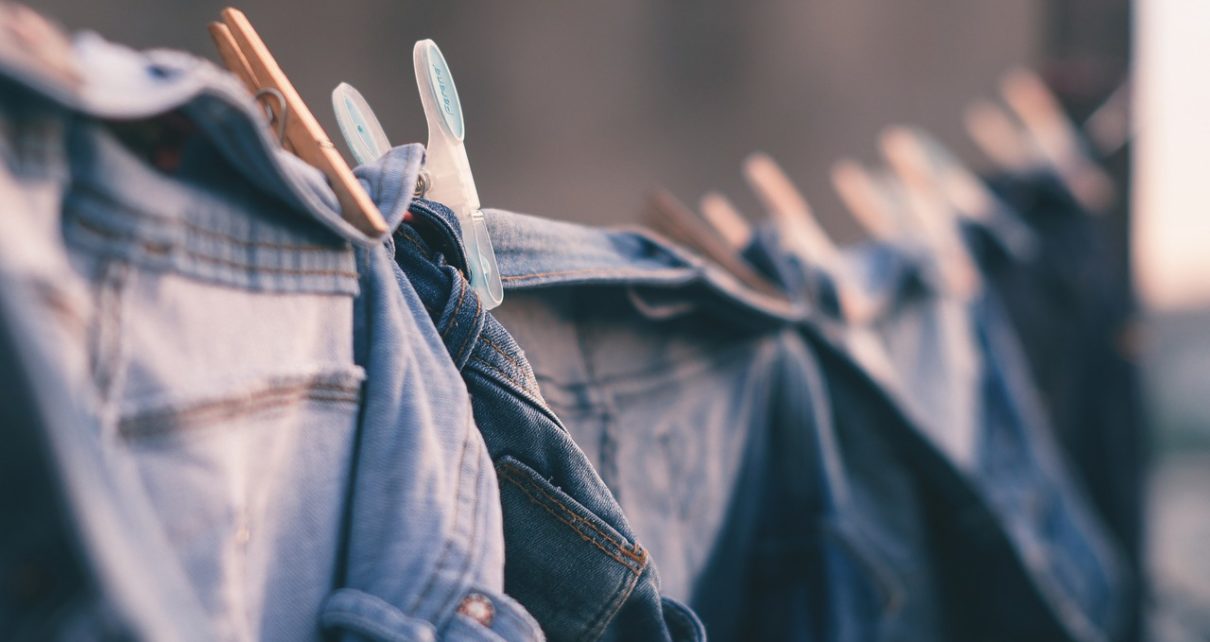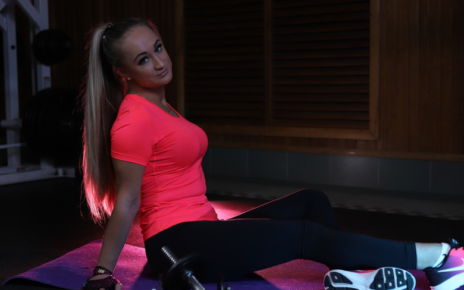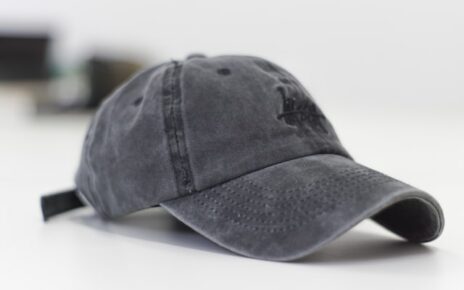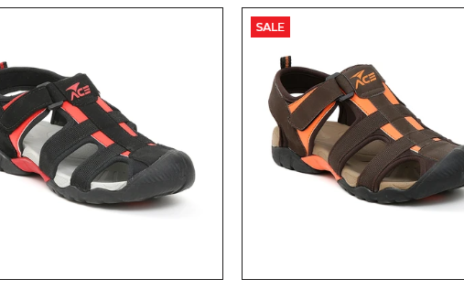Denim shopping can be an arduous task if one is not well-versed in the various terms used either on the fabric or in the categories while rummaging through online shopping websites. The average Fred Nurk would buy what seems to look good without any idea about the material, its speciality or benefits, drawbacks, etc. Beyond the binaries of men’s jeans and women’s jeans, there is a whole new world of styles, stretch and form details that would help the buyer choose the right pair of jeans. Another popular item of clothing made from denim cloth is the denim jacket.
The Basics
Denim
Denim refers to a very strong and durable type of cloth. The fabric’s actual name was serge, and it was invented at a place called Nimes in France. It came to be known as ‘serge de Nîmes’, which eventually reduced to denim.
Jeans
It is a type of trousers made from denim cloth, known for their strength and durability. Originally designed for workers in the mining industry, it has become a symbol of youth and rebellion through pop culture.
The Types
Raw Denim
These are jeans made from fabric that is not pre-washed. Pre-washing helps the material become soft and reduces the shrinkage after the fabric has been stitched. Raw denim may be identified by the darker shades of colour on the fabric. In these denim types, the colour fades with every wash, and hence, it is not advisable to be washed with whites.
Sanforised Denim
Sanforising is the process wherein a piece of fabric is exposed to hot water or steam and then cooled immediately. This is done quickly and repetitively to expand and contract the material in a matter of minutes. This continues until the fabric reaches the desired shrinking or contraction. This means that after cutting and stitching, there is little shrinking when the consumer first washes it. Raw denim is the opposite of sanforised denim.
Stretch Denim
Pure denim consists solely of natural cotton fibres that give them a rugged look and feel. However, contemporary market trends in both men’s jeans and women’s jeans indicate consumers’ tastes shifting towards lounge and shapewear. Stretch denim is a denim type that also incorporates synthetic fibres known as elastane (also known in their brand names Lycra and Spandex). These are much more comfortable to move around in. Also known as ‘Form’ denim since the fabric adapts to the body contours.
Selvedge Denim
A type of denim in which the edges of the fabric used to stitch the trousers are self-finished, meaning they do not require additional stitching to keep them from unravelling. Here, the fabric’s edges are rolled onto the inside, which keeps the material from fraying. Japanese selvedges form top quality garments in this category since they are made on labour-intensive looms.
Eco-Friendly Denim
The cotton fibres which make up this denim cloth is a water-intensive crop. Consumption also includes pre-washing, dyeing and chemical treatments (to create distressed looks). On average, it is estimated that 3479 litres of water are consumed in its life by a pair of blue jeans. This environmental impact is reduced by some manufacturers who use renewed or recycled water in the washing process. Instead of chemical treatment, they resort to handmade procedures to create a distressed look. They also cut down on waste emissions and energy consumption.



